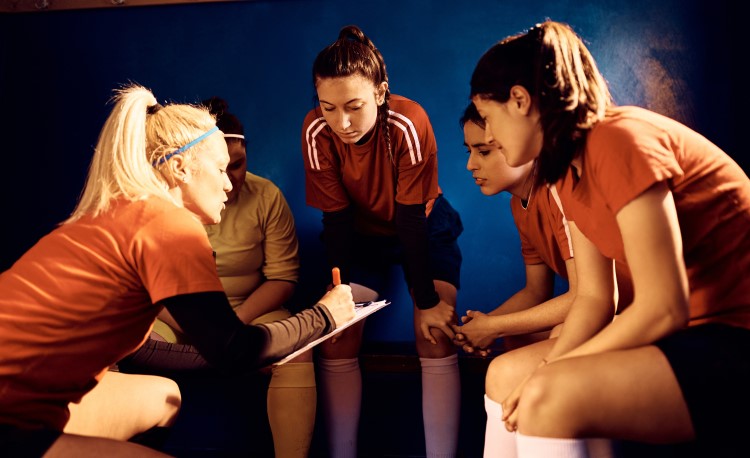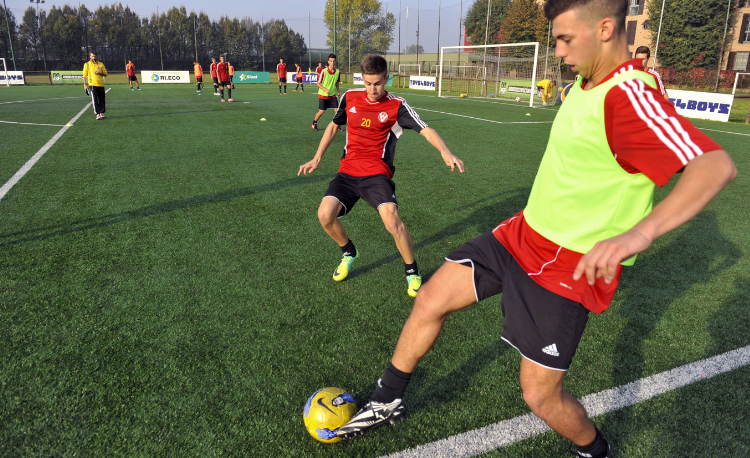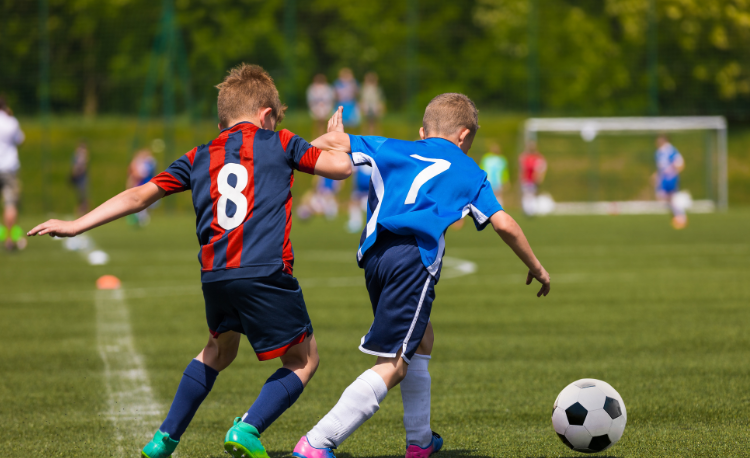How players learn: a guide to cognitive load theory
Sport psychologist Matt Shaw of InnerDrive gives an in-depth guide to this psychological theory and how you can use it to help your athletes learn better.
Cognitive Load Theory places an emphasis on our working memory.
This is where we hold and process new information such as skills and instructions. If learning is to take place, this information needs to be passed from our working memory to our long-term memory.
However, there’s a catch. Our working memory has a small capacity so it cannot hold large amounts of information.
This means an athlete can only process so much new information at once. Too much can lead to cognitive overload, which hinders how much learning your athletes can enjoy.
With Cognitive Load Theory, coaches can acknowledge the overload dilemma and present information to their athletes in a way that aids and accelerates that transfer to long-term memory without overloading the individual athlete.
Let’s dig deeper into Cognitive Load Theory.
When and why does cognitive overload occur?
Athletes may experience cognitive overload in training, for several reasons. Being aware of them helps you to best support your players in their learning and understanding.
Here are three of the reasons:
1. The skill is taking too long
When a task is taking too long to complete or a skill is taking too long to learn, your athletes may not fully engage with it.
They can start to feel overwhelmed and unsure of how to successfully complete it. This may result in cognitive overload slowing down the process.
2. The skill is too difficult
When a skill appears difficult and complex, athletes may feel intimidated. This can activate your players’ fear of failure and result in them taking little action to complete the skill.
3. There are too many choices
When there are too many ways an athlete can learn a skill, your players may feel unsure about the best way to go about it. Too many choices can leave an athlete feeling overwhelmed and result in cognitive overload.
Strategies to combat this
1. Break down longer tasks and skills
Setting smaller goals within a skill is a great way to ensure athletes have a clearer direction and don’t feel overwhelmed.
2. Break down difficult skills into chunks
Tackling one very difficult skill may be less manageable than tackling a handful of easier tasks.
3. Highlight a clear path
Make sure to give players a clear plan for completing a skill. This is probably even more important for beginners who cannot draw on past experiences to aid learning.
Concepts and coaching
Different ideas have been developed in relation to Cognitive Load Theory to help improve learning and reduce overload.
There are three main concepts that are important for you as a coach to know - The redundancy effect, the split attention effect and emotional control.
The redundancy effect
When an athlete’s brain suffers cognitive overload, this has negative effects on their learning.
Because their working memory is clogged up with unnecessary information, the athlete may only transfer the irrelevant or redundant information to the long-term memory and not the key learning points. This is the redundancy effect.
This causes your athletes’ working memory resources to be used inefficiently, hindering their learning. To reduce this, try to:
- Be clear and concise with any instructions or feedback
It is important your athletes remember the important parts and not the redundant bits.
- Reduce the words and animations on PowerPoint slides
This can cause distraction for your athletes and lead them to focus on the wrong things.
- Know when to talk
If you are showing key information on a screen, don’t talk over it. Give athletes time to understand and absorb it first.
Ways for athletes to better control their emotions
- Use music
- Practise helpful self-talk
- Use positive imagery - e.g. imagine successfully scoring a goal
- Reframe negative thoughts - instead of: "This is a really hard team, we are going to lose", try: "This team is difficult, so we are better able to test our skills."
- Take deep breaths
Related Files
The split attention effect
The split attention effect is best thought of as an act of juggling, where each item of information represents one ball.
If you ask a novice juggler to use one too many balls, some will inevitably get dropped. In the same way, if you ask your athletes to refer to different sources of information simultaneously when learning something, this creates extra load in their brain.
Switching between tasks takes time, effort and energy. So, what can you do to limit this from happening?
- Use one source of information
During any demonstrations, be clear about what you want athletes to pay attention to, whether it be your voice or the action in front of them.
- Use integrated diagrams
Integrating words within a diagram reduces load and boosts memory.
Emotional control
There is also an additional factor of feeling stress and pressure when playing in matches.
This stress can overload the brain and cause performance to weaken, which can lead to an athlete experiencing negative emotions and can decrease their confidence and motivation.
Because of this, cognitive load has been described as closely related to the emotional state of an athlete.
This makes it highly important to help athletes learn to control their emotions when there is a lot of information to take in.
Newsletter Sign Up
Coaches Testimonials

Gerald Kearney, Downtown Las Vegas Soccer Club

Paul Butler, Florida, USA

Rick Shields, Springboro, USA

Tony Green, Pierrefonds Titans, Quebec, Canada
Subscribe Today
Discover the simple way to become a more effective, more successful soccer coach
In a recent survey 89% of subscribers said Soccer Coach Weekly makes them more confident, 91% said Soccer Coach Weekly makes them a more effective coach and 93% said Soccer Coach Weekly makes them more inspired.
*includes 3 coaching manuals
Get Weekly Inspiration
All the latest techniques and approaches
Soccer Coach Weekly offers proven and easy to use soccer drills, coaching sessions, practice plans, small-sided games, warm-ups, training tips and advice.
We've been at the cutting edge of soccer coaching since we launched in 2007, creating resources for the grassroots youth coach, following best practice from around the world and insights from the professional game.









